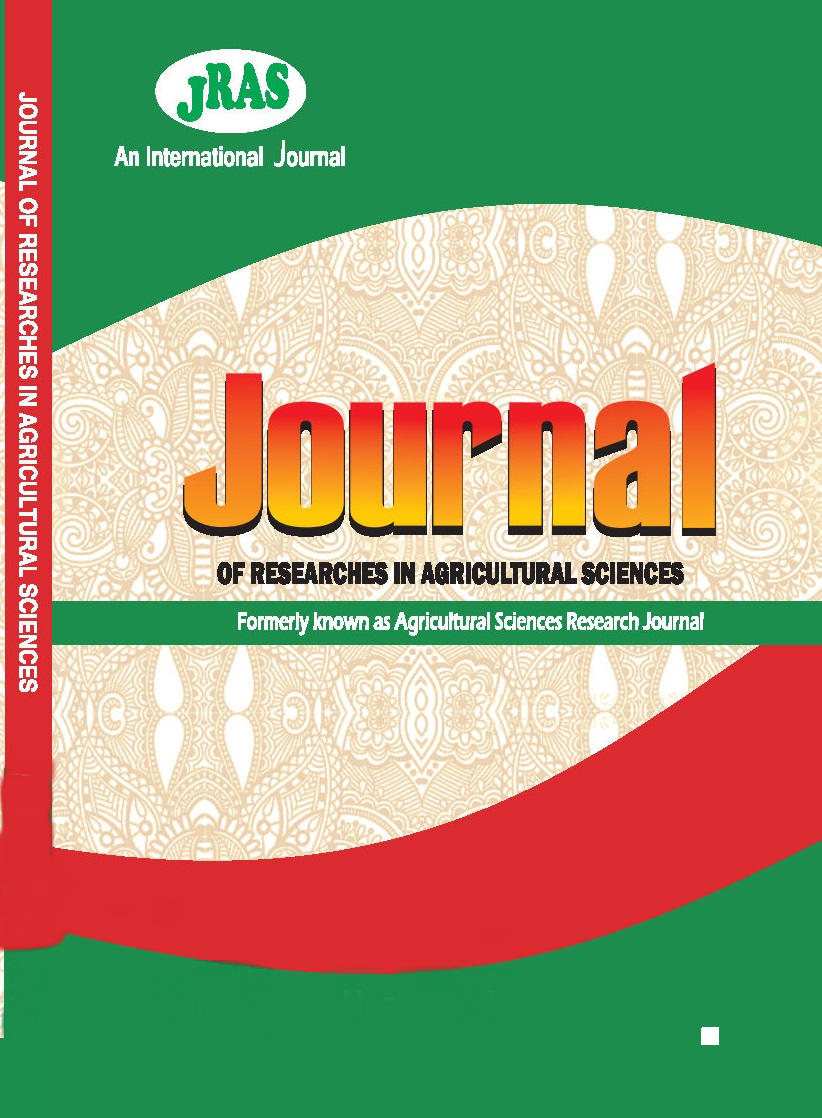Response of Field-grown Genotypes of Tomato to Naturally Occurring Virus Diseases under Tropical Conditions
Klíčová slova:
Solanum lycopersicum L., incidence, susceptible, vigorAbstrakt
Genetic make-up of plants, to an extent and seedling vigour have been regarded as conditions of active good
health that aids rapid germination, disease tolerance and natural robustness in yield increase. Therefore,
considering tomato genotypes, clear differences in the seedling vigour may translate to agronomic
performance with regards to yield and disease incidence of each of the genotypes. There is the need to
establish what these differences are and the beneficial effects of the variations in tomato vigour. The effects
of naturally occurring viral diseases were observed on 4 hybrids and 4 local tomato (Solanum lycopersicum
L.) genotypes. The seedlings were raised in nursery for a period of 4 weeks and the vigour monitored before
transplanting to the field. Data were collected on the plant height, number of leaves, days to 50% flowering
and fruiting, number of fruits produced per plant, yield per plant and yield per hectare and virus disease
incidence. The seedling vigour varied among genotypes and was associated with decreasing incidence of
viral disease. All genotypes were susceptible to viral diseases at various degrees. The percent increase in
incidence of viral disease was directly associated with reduction in number of leaves and plant height. The
Increase in disease incidence among genotypes was associated with reduction in yield.

